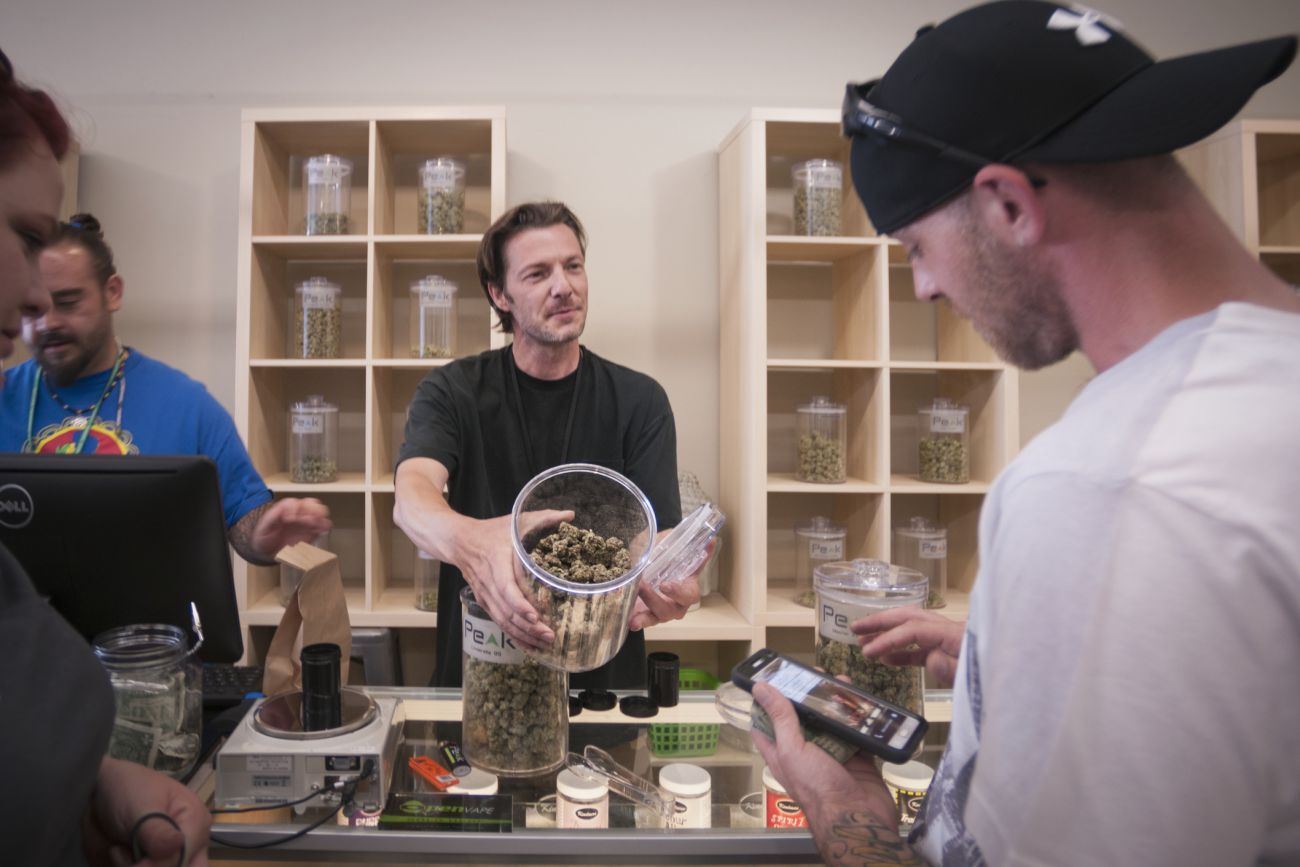
Learn the essentials about getting your business ready for its market debut.
5 min read
Opinions expressed by Entrepreneur contributors are their own.
The following excerpt is from The Staff of Entrepreneur Media, Inc. and Javier Hasse’s book Start Your Own Cannabis Business. Buy it now from Amazon | Barnes & Noble | iTunes | IndieBound
Until a few years ago, most cannabis brands weren’t especially sophisticated. However, this is no longer the case. If you’ve ever seen legal cannabis products in a store, you must have noticed how cool, modern and beautiful they look. Of course, this is the result of an extensive creative branding process.
“One thing I noticed from the latest cannabis conventions and events is that the branders are finally starting to arrive at cannabis; the quality of trade show materials, logos, packaging, the positioning of these companies is unbelievable,” Civilized’s Derek Riedle points out. “As things continue to evolve, you can tell there’s a lot more careful and professional consideration going into how these brands are positioned and communicated.”
“In such a stigmatized industry, it’s very important to have very clean branding and marketing material,” Avicanna’s Aras Azadian adds.
“I think that one of the hardest things for people to wrap their heads around is that branding isn’t a logo. The logo is like the execution of the brand, but the brand is basically the thought or feeling you want people to have when they think about your product or your name,” J. J. Kaye, cofounder of design consulting firm High Pressure Zone, says. “Most customers in the cannabis industry won’t have a deep knowledge of the qualitative difference between brands. So the way to differentiate yourself is to craft a strong story around your brand and show the consumer how your product is going to fit into his or her life.
“Bad branding is just yelling at the customer: Look at me, look at me!” Kaye adds. “Good branding, instead, is a little more patient; it creates curiosity and invites people to explore more and understand more.”
Below is a list of the top priorities when you create a brand, regardless of what you sell:
- A strong, compelling story
- A name that resonates with your target customers
- A name you can trademark on a federal level and that will help you get strong search results
- A logo, along with variations (e.g. black and white, single-color, reverse-color for dark backgrounds, etc.)
- A color palette to use in every branded product
- A type/font that will identify your brand
- A website and social media profiles
More often than not, your end consumer won’t be anything like you, so you need to accept that your brand will be for your customers, not for you. “Don’t just think about what you like, what you buy. Think about the end consumer’s preferences, about what they value, about what they’re going to buy, and craft an aesthetic, tone, and narrative that resonate with them,” Kaye adds.
Crafting your story
The cannabis business is all about storytelling, which means you need to tell your cannabis story in a way that shows customers and investors you’re personally invested in your product or service. A good story goes a long way toward building goodwill and relationships that will help your business over the long run.
Take the advice of Jared Mirsky, the founder and CEO of Wick & Mortar — formerly known as Online Marijuana Design, one of the top cannabis branding agencies out there and winner of Best Branding Agency at the 2017 DOPE Industry Awards. More than a decade of experience in this field has led him to the conclusion that crafting a strong story for your brand is the best first step you can take toward strong branding.
“What most business owners don’t realize is that when going through the branding process, there are little macro steps that need to be taken in order to ensure that the message and tone of the brand moving forward really make the most sense,” he says.
Often, business owners base their name and identity on what they’ve seen or heard before, Mirsky explains. “But consumers need a real voice, not an echo. If you want to thrive in the cannabis industry, you can’t be a copycat. I mean, [there are so many companies named] Canna-this, Canna-that, Ganja-this, Ganja-that, Kush-this, Kush-that . . .”
We get it: Your company is all about marijuana. But that doesn’t mean your name has to include the actual product you offer. You don’t see Apple calling itself Steve’s Phones & Tablets, or Google changing its name to Alphabet Internet Services. The same applies to cannabis businesses: The most successful companies have easily identifiable names like Eaze, MassRoots, Leafly, Aphria, Organigram, Copperstate Farms, iAnthus, etc.
This connects to what Mirsky sees as step two in the branding process: creating the brand’s personality. “There is nothing worse than having a bipolar brand,” one without a clearly established personality, he says. It’s all about cohesion and consistency in your image.
Crafting a good story in the cannabis industry is even harder than normal. So allocate some time to finding the right combination of utility — the level of benefit it can generate for humanity — and emotion — the level of feeling it can create among readers. This will be crucial to your future success.

Comments are Closed